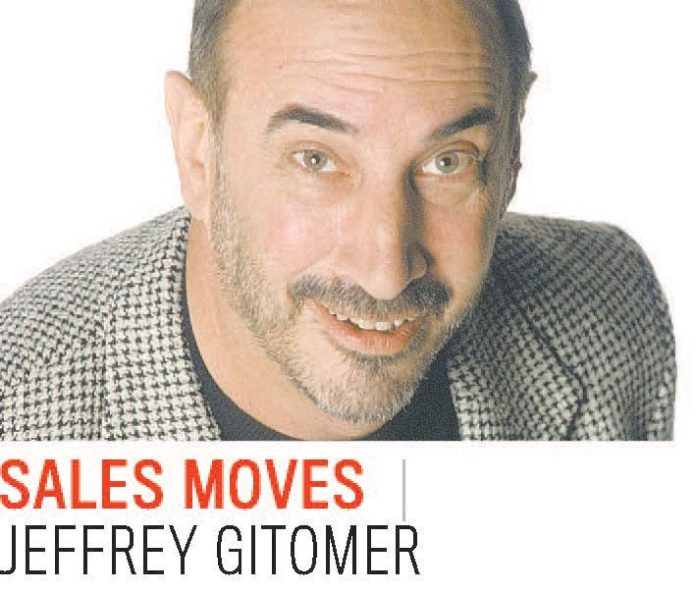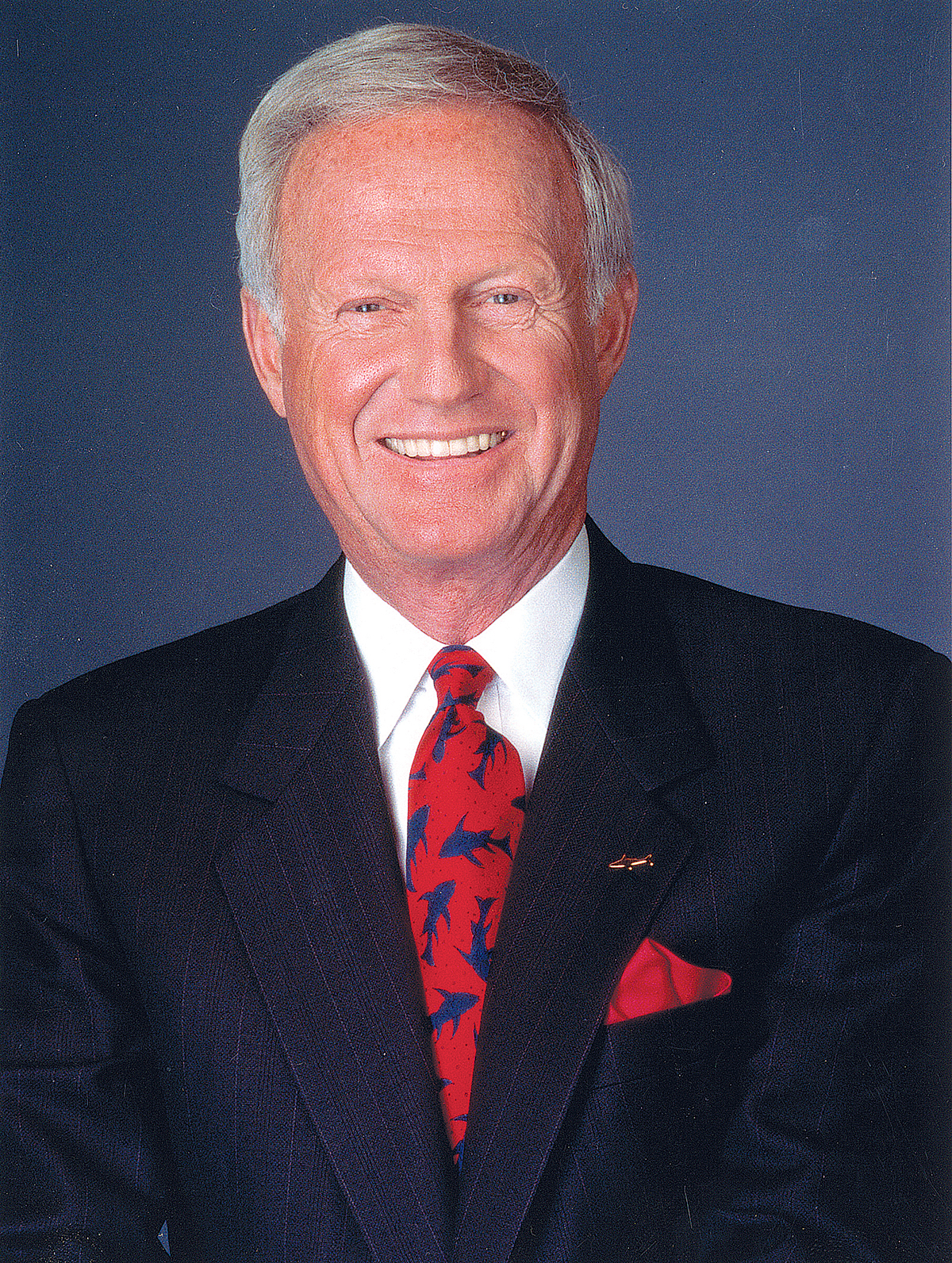Everyone tells you to get referrals. And most people tell you to “ask” for them.
“Don’t forget to ask for a referral.” Horrible strategy. Totally offensive for the most part. Borderline rude. And asking the same customer twice is a death wish.
A referral is a name and contact information provided proactively by someone you have a relationship with (most likely a customer) who believes a third party would be willing to, or would benefit from, doing business with you – and they are willing to introduce you and provide a testimonial.
Suppose you actually do get a referral. Ask, beg, get one proactively, earn one (the best way), whatever, let’s say you have the referral in hand. Now what?
No one tells you that part – what to do next to ensure the sale. How do you approach this person? How do you maximize the selling power of a referral? And what do you risk with the wrong approach?
Here’s a strategy that will work. It’s significantly slower than you would like, but it will work. The key is not just patience; it’s a combination of your preparedness, the strength of your relationship with the person giving you the referral and execution of strategy to build confidence and rapport before the sales process begins.
Here are rules and guidelines to ensure your success:
n Approach with care, be prepared, and don’t move too quickly. Timing is everything. Don’t appear to be too anxious to get the sale (money). Proper setup will breed a long-term relationship (more money) instead of just a sale.
n Arrange a three-way call, then a three-way meeting. Setting the stage for the first meeting/communication can make it or break it. All three people together will set the perfect stage. Your customer will sing your praises and help make the sale in front of the referral.
n Connect socially. Use LinkedIn and the entire suite of social media. Subscribe to their blog. And keep in mind when they see you connect, they will do the same. Be at least one notch higher in social profile than your customers and prospects. Not having solid social presence is a fatal mistake.
n Get personal information about the referral before you make the first contact. Start with mother Google, and advance to cousin LinkedIn and all other members of the online social family. Don’t just look for information; look for similar interests, similar people and similar situations. Common ground will establish immediate positive rapport. Business information, personal information, recent successes, likes, last vacation, children’s schools and hometown are link starters. Having their personal information is an advantage. Having web presence is an advantage. Not having personal information is a fatal mistake.
n You don’t have to sell at the first meeting if your customer is with you. In fact, the less selling you do, the more credible you will appear. You only have to establish rapport, gain confidence and arrange a second, private meeting where you can get down to business.
n Write a personal note to the referral within 24 hours. Be brief but positive. Don’t slobber all over the note with thanks, and thanks again. Just tell him or her it was nice to get acquainted and you’re looking forward to the next meeting.
n Deliver! Failure to follow up and deliver as promised makes you and your customer look bad to the prospect. Failure to deliver also eliminates any chance of another referral. This rule is the most important of all. It’s a breeding ground for your relationship and your reputation.
How valuable are real referrals? One third-party introduction and endorsement is worth 100 presentations, if you know what you’re doing. •
Jeffrey Gitomer is the author of 12 best-selling books, including “The Sales Bible.” He can be reached at salesman@gitomer.com.












